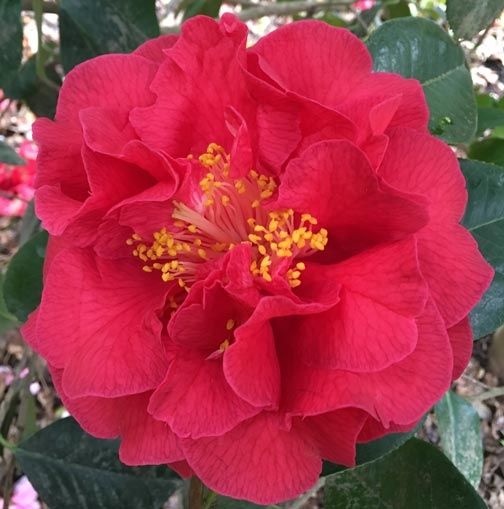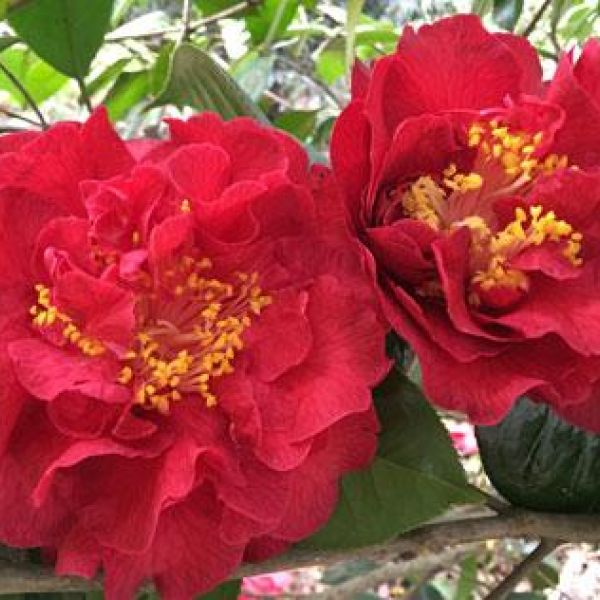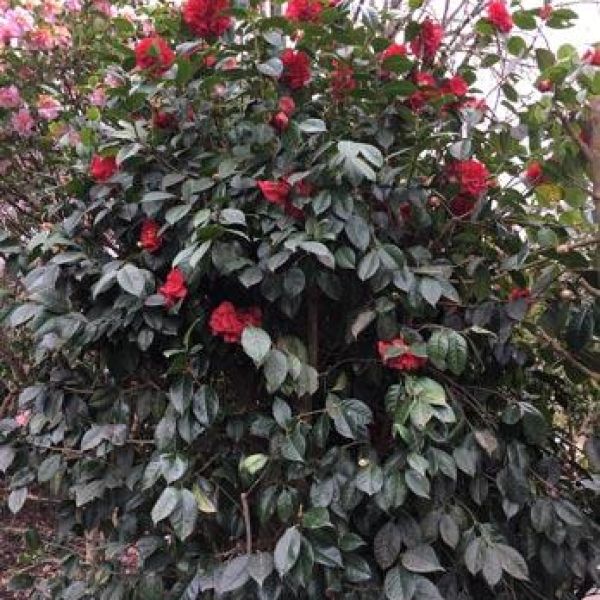Japonica/Hybrid Camellias
SPECIALIST CAMELLIA GROWER
For more than 60 years Rhodo Glen has been growing plants for Australian gardeners. We specialise and are passionate about Camellias.
We hope as you browse through our website you find both inspiration and practical advice to select the best varieties for your garden or landscaping project.
Dr Clifford Parks
Japonica/Hybrid Camellias

Dr Clifford Parks Features
-
colour: Red
-
Flowers in: Winter/Spring
-
Grows: Tall (3 m +) high
-
grows: Wide (2 m +) wide
-
Prefers: Full Sun, Part Shade
-
uses: Hedge, Specimen/Standalone
Spectacular in size and colour is the best way to describe the flowers of Dr Clifford Parks. A hybrid of Camellia japonica and Camellia reticulata species, the very large bright red flowers are displayed beautifully against equally large deep green foliage. A tall shrub suitable for a large hedge, we prefer it as a background beauty in a garden planting.
Planting & initial care for Dr Clifford Parks:
Dr Clifford Parks is suitable for planting in both, full sun or lightly shaded positions.
If planting Dr Clifford Parks as a hedge or screen we recommend planting with a spacing of between 1.5m to 2m apart
Planting holes should be at least double the width and slightly deeper than the plant container and include a blend of composted material and existing topsoil. Raised beds are recommended for heavy clay soils.
Plant Dr Clifford Parks so that the top of the potting mix is level with the finished soil line, firm down soil gently around the plant for stability and water in well.
Mulch the soil surface with about 5cm of quality mulch ensuring the mulch is not mounded against the plants trunk. (Place a very thin layer of mulch adjacent to the trunk and increase to maximum depth (5cm) as it radiates away from the root zone).
Dr Clifford Parks will take several months and up to a year to establish in its new home depending on the time of year it is planted. Ensure the soil is kept moist but not overwatered. Watering can be reduced as the plant establishes.
Prune in early spring for shape as required (later pruning will reduce Autumn flowering).
Feed in spring with a quality general purpose fertiliser, this can be replenished in mid to late Summer as needed.
For more information go to our full PLANTING AND CARE GUIDE





